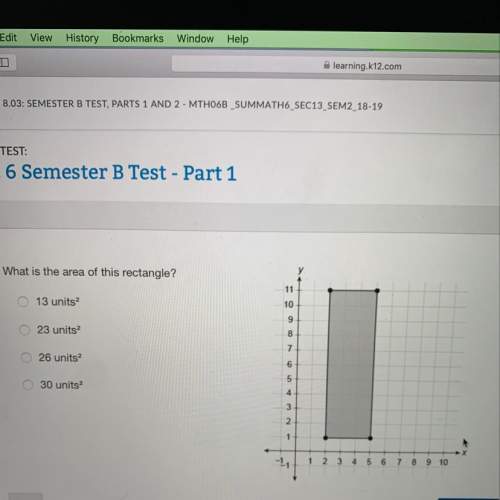
Mathematics, 20.04.2020 19:56 hellicuh
Burping (also known as "belching" or "eructation") is one way the human body expels excess gas in your digestive system. It occurs when your stomach fills with air, which can be caused by swallowing food and liquids. Drinking carbonated beverages, such as soda, is known to increase burping because its bubbles have tiny amounts of carbon dioxide in them.
As an avid soda drinker and statistics student, you notice you tend to burp more after drinking root beer than you do after drinking cola. You decide to determine whether there is a difference between the number of burps while drinking a root beer and while drinking a cola. To determine this, you select 20 students at random from high school, have each drink both types of beverages, and record the number of burps. You randomize which beverage each participant drinks first by flipping a coin. Both beverages contain 12 fluid ounces. Here are the results:
Participant 1 2 3 4 5 6 7 8 9 10 11 12 13 14 15 16 17 18 19 20
Root beer 6 8 7 7 4 2 3 6 3 8 2 1 5 1 3 4 2 4 5 10
Cola 4 5 5 6 2 3 3 5 4 7 4 0 5 3 3 2 1 1 7 7
A) Based on these results, what should you report about the difference between the number of burps from drinking root beer and those from drinking cola?
Give appropriate statistical evidence to support your response at the 0.05 significance level.
Give appropriate statistical evidence to support your response at the 0.10 significance level.
Compare your findings.
B) How much of a difference is there when an individual burps from drinking root beer than from drinking cola?
Construct and interpret a 95% confidence interval.
Construct and interpret a 90% confidence interval.
Compare your findings.
C) Describe the conclusions about the difference between the mean number of burps that might be drawn from the interval. How do they relate to your conclusion in part A?

Answers: 2
Another question on Mathematics

Mathematics, 21.06.2019 14:00
The depth of a lake at a certain point, wich is a function of the distance of that point from shore, is 30 feet.
Answers: 1

Mathematics, 21.06.2019 21:30
In a test for esp (extrasensory perception), a subject is told that cards only the experimenter can see contain either a star, a circle, a wave, or a square. as the experimenter looks at each of 20 cards in turn, the subject names the shape on the card. a subject who is just guessing has probability 0.25 of guessing correctly on each card. a. the count of correct guesses in 20 cards has a binomial distribution. what are n and p? b. what is the mean number of correct guesses in 20 cards for subjects who are just guessing? c. what is the probability of exactly 5 correct guesses in 20 cards if a subject is just guessing?
Answers: 1

Mathematics, 21.06.2019 22:00
How many ordered pairs of positive integers satisfy xy=32?
Answers: 1

Mathematics, 22.06.2019 00:40
What is the interquartile range (iqr) of the data set represented by this box plot?
Answers: 3
You know the right answer?
Burping (also known as "belching" or "eructation") is one way the human body expels excess gas in yo...
Questions

Mathematics, 09.06.2021 05:20


Computers and Technology, 09.06.2021 05:20


Mathematics, 09.06.2021 05:20



Biology, 09.06.2021 05:20

History, 09.06.2021 05:20



Computers and Technology, 09.06.2021 05:20

English, 09.06.2021 05:20

Mathematics, 09.06.2021 05:20


Mathematics, 09.06.2021 05:20


Mathematics, 09.06.2021 05:20

Chemistry, 09.06.2021 05:20




